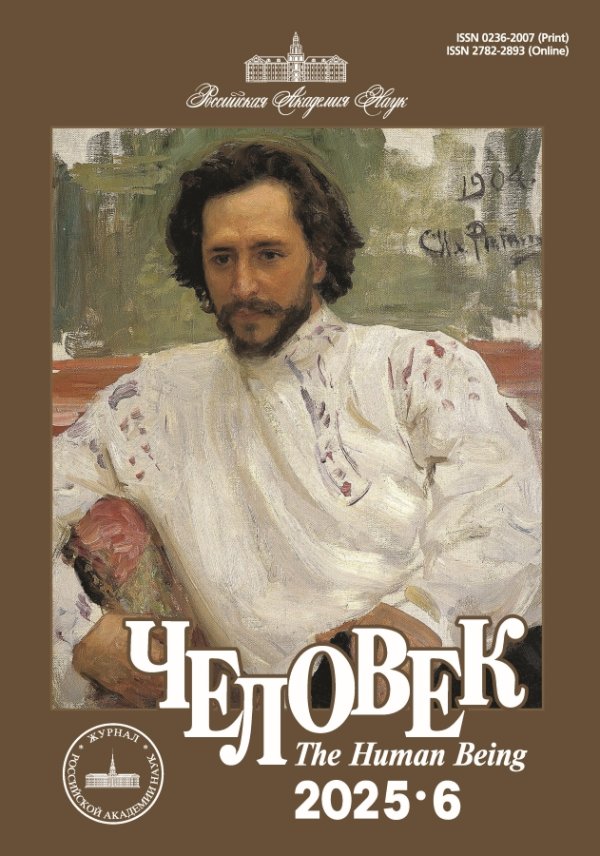In the scientific literature, due attention is often not paid to the difference between the perception of things and the perception of images, which leads to a conceptual non-distinction between affects and emotions. The purpose of the article is to fill this theoretical gap, in connection with which to turn to the analysis of classical and modern philosophical literature. As a result of the research, the author introduces the following distinction: if things are something that always exists and occupies a place in space, then images are non–spatial imaginary. At the same time, images can be perceived both as imaginary and as things without being things. In the latter case, they appear as simulacra or as ghosts. The author comes to the conclusion that affect characterizes the attitude to things, and emotion characterizes the attitude to images. Affective attitude is possible both in animals and in humans. An emotional attitude is possible only for a person, because a person lives in time, and an animal lives in space. In the first case, we can say that animals live among things, and in the second – that a person does not live in the world, but in the picture of the world. The steady existence of things is one thing, the steady existence of images is another. If Descartes believed that things could be created by God at any given time, then Spinoza, rejecting the idea of doubling the world, built a flat ontology, which later determined the thought of Deleuze and Massumi. For Kant, the idea of doubling the world is fundamental, since it justifies the possibility of a person being the basis of the reality of a new chain of causes and effects.
 7-22
7-22


 23-39
23-39


 40-51
40-51


 52-67
52-67


 68-74
68-74


 75-81
75-81


 82-89
82-89


 90-94
90-94


 95-100
95-100


 101-106
101-106


 107-111
107-111


 112-117
112-117


 118-126
118-126


 127-131
127-131


 132-153
132-153


 154-180
154-180


 181-184
181-184












